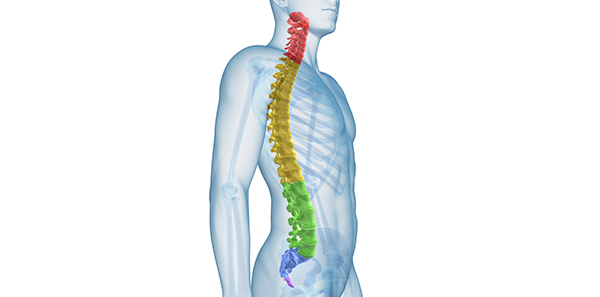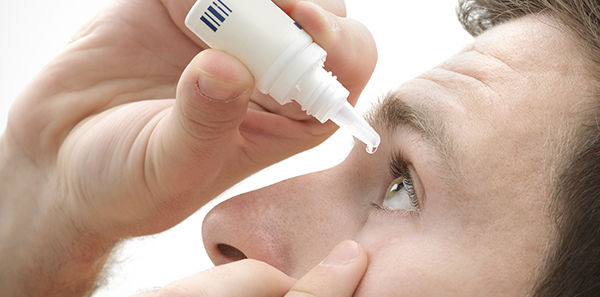
The most common chronic respiratory diseases are chronic obstructive pulmonary disease (COPD) and asthma. After analysing COPD, we will look at the most important aspects of asthma.
BRONCHIAL ASTHMA
Asthma is a chronic, inflammatory respiratory disease, the cause of which is not entirely understood. When the airway is inflamed, it has a tendency to narrow in response to a large number of stimuli (physical, chemical or biological), a condition known as bronchial hyperresponsiveness. This leads to recurring episodes of bronchial obstruction, which usually reverts spontaneously or with drugs and is variable in intensity.
Around 5.6% of people in Spain suffer from asthma (10% of children and between 3-6% of adults). Childhood asthma is more frequent among boys, up to twice as common, but the figures even out in adolescence and are inverted during adulthood.
Asthma has many causes and seems to depend on interactions between genetic factors, the environment and numerous specific and non-specific triggers.
Among the factors involved in the development of asthma we would highlight are both the etiological agents involved in the development of the disease as well as agents that trigger or precipitate the condition
-Atopia. This is a hereditary predisposition to develop immediate allergic reactions to antigens (any substance capable of producing a specific immune response and to react to products of this response. Atopia is present in between 20-35% of the general population. The association between atopia and asthma is clear and atopia is related to the severity of the asthma and the presence of bronchial hyperresponsiveness.
-Triggering factors: Pneumoallergens, sensitising agents, viral infections, NSAIDs (non-steroidal anti-inflammatory drugs) and acetylsalicylic acid (aspirin).
– An allergen. Is an antigen that can trigger a specific allergic reaction of immediate bronchial hyperresponsiveness. When this is an airborne allergen it is called a pneumoallergen. Among the most common are mites, pollen (grasses, olive, oak, pine …), fungi (alternaria, spergilus, penicilium …) and animal allergens (dogs, cats, rodents, birds …).
– Sensitising agents. There are more than 250 agents described which are responsible for more than 5% of asthma in adults. The most important of these are flour, heavy metals, detergents, plastics, medicines, eggs, fish, nuts ….
– Viral infections. Infections due to human respiratory syncytial virus (RSV), the cause of bronchiolitis in infants during the first year of life, can leave children with heightened, recurrent allergic sensitivity to infections of the same virus.
– NSAIDs and Aspirin. These trigger severe asthma in 5-20% of asthmatics who have intolerance to these drugs. It is recommended paracetamol be used as an analgesic.
The following are among the most significant signs and symptoms of asthma:
-Dyspnea. Difficulty breathing. This is not always caused by asthma.
-Wheezing. Whistling or wheezing caused by obstruction of the airways.
-Cough. This may appear from the beginning of the attack and may be the only symptom.
-Thoracic oppression. This is the feeling of being unable to take a full breath.
Pharmacological treatment of asthma entails not only to the effectiveness of the drugs administered, but also avoiding factors that trigger or aggravate the disease (smoking) and proper health education.
Inhalation is the route of choice to administer most drugs and requires patient education to ensure that the drugs work correctly. Bronchodilators and corticosteroids are the drugs of choice.
Correct diagnosis and treatment are needed to control the disease, but they are not enough. The asthmatic must follow treatment recommendations, inhalation systems must be used properly, and must know how to act early to prevent a crisis. Possible allergens must also be avoided. The aim of leading a normal social and work life is normally achieved with health education techniques, in which both health workers and the patients themselves are involved.
Dr. Juan Antonio Andreo Ramírez – ASSSA Medical Manager
The information published in this media neither substitutes nor complements in any way the direct supervision of a doctor, his diagnosis or the treatment that he may prescribe. It should also not be used for self-diagnosis.
The exclusive responsibility for the use of this service lies with the reader.
ASSSA advises you to always consult your doctor about any issue concerning your health.












